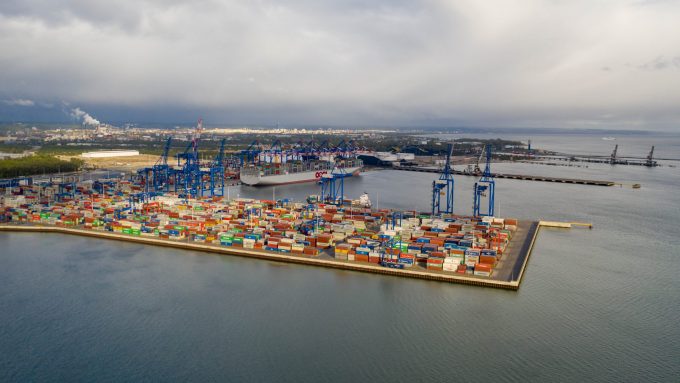Major box lines eye opportunities in India's coastal trades
More mega container lines are considering venturing into Indian coastal operations for domestic cargo movement, ...

CMA CGM has announced that from 15 May it will transfer its remaining vessel calls at the Polish port of Gdynia to the Baltic Hub container terminal at Gdansk.
After 15 years as DCT Gdansk, the 2.7m teu capacity two-terminal facility was renamed Baltic Hub in October, ...


Comment on this article